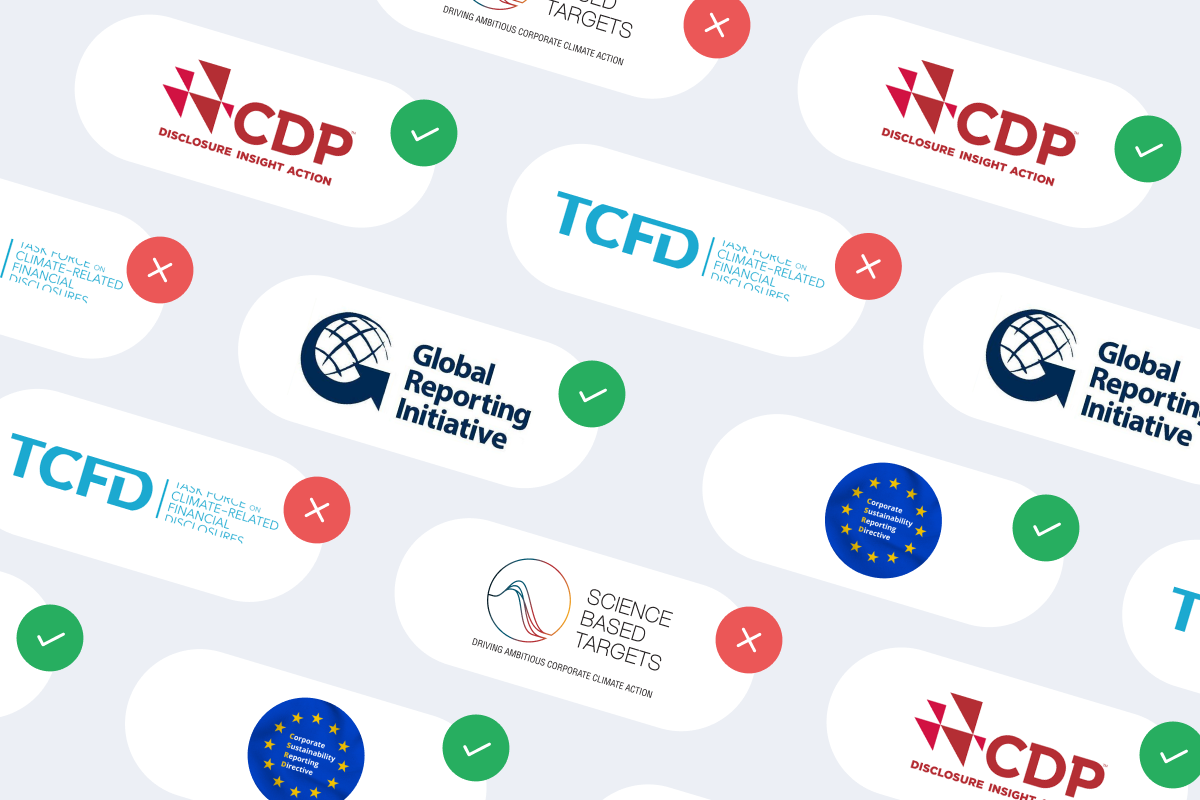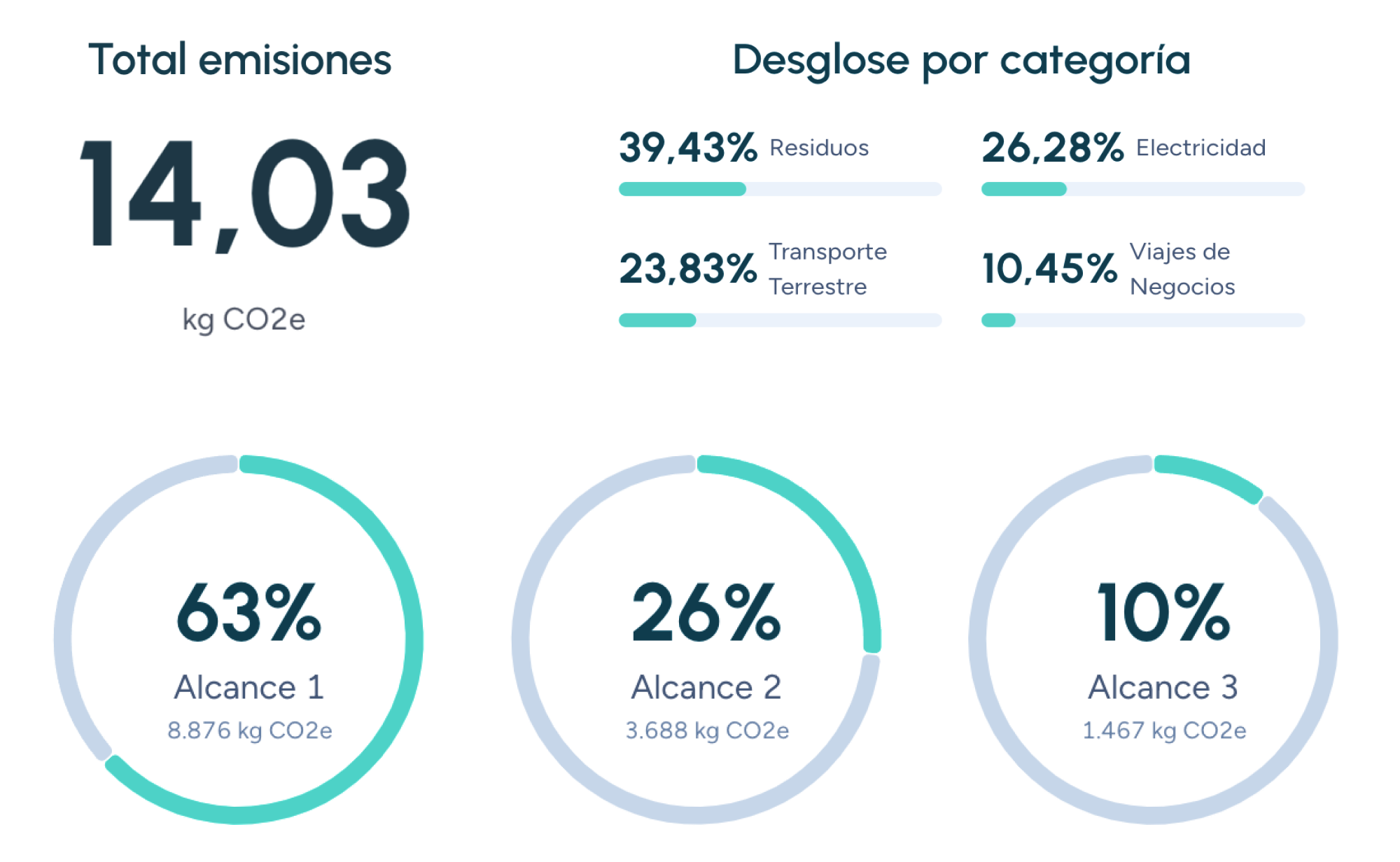Back to the blog
Corporate sustainability
Permaculture: A sustainable business strategy
Paula Otero
Environmental and Sustainability Consultant
In an era where sustainability is both a corporate responsibility and a market differentiator, permaculture has emerged as a potent philosophy and practice. Originating from the words “permanent” and “agriculture,” permaculture encompasses holistic systems design that mimics natural ecosystems. Although it was initially conceived for farming, its principles are versatile enough to influence everything from corporate campuses to community development projects.
This article delves into the fundamentals of permaculture and highlights why businesses should pay attention.
Understanding permaculture
At its core, permaculture is about designing sustainable human environments. It involves observing nature’s patterns—such as polycultures, resource cycling, and closed-loop systems—and replicating them in a human context.
Key principles include:
- Observe and interact: spend time understanding the existing environment before making changes.
- Catch and store energy: maximize the capture of natural energy flows (sunlight, water, wind) for long-term use.
- Obtain a yield: ensure the system provides tangible benefits, whether food, energy, or revenue.
- Apply self-regulation: design systems that self-regulate through feedback loops, requiring minimal external inputs.
- Use and value renewables: prioritize renewable resources and energy sources.
- Produce no waste: foster circular systems where “waste” of one process serves as input for another.
Permaculture’s relevance to businesses
- Resource efficiency: by designing systems to minimize waste, permaculture aligns with corporate sustainability goals.
- Biodiversity and soil health: practices like companion planting and regenerative agriculture boost biodiversity, enhance soil fertility, and sequester carbon.
- Community engagement: permaculture projects often involve local communities, enhancing a business’s social impact.
- Resilience and risk management: ecosystems designed under permaculture principles are more resilient to climate fluctuations, reducing business risks.
Real-world applications
- Corporate campuses: transforming large lawns into edible landscapes can reduce maintenance costs, capture carbon, and provide fresh produce.
- Agricultural supply chains: businesses that rely on raw materials can encourage farmers to adopt permaculture techniques, leading to more stable yields and reduced environmental impact.
- Urban development: construction firms can integrate green roofs, rainwater harvesting, and community gardens into commercial buildings.
- Hospitality industry: resorts and hotels can implement permaculture designs to cultivate on-site gardens, reduce imported food costs, and enhance guest experiences.
Permaculture vs. conventional sustainability
Traditional sustainability approaches often focus on reducing harm—lowering emissions, cutting waste, etc. Permaculture goes beyond that by designing regenerative systems that actively restore ecosystems. While both approaches aim for environmental stewardship, permaculture emphasizes synergy with nature rather than mere mitigation of negative impacts.
Challenges to adoption
- Initial investment: designing and implementing permaculture can be resource-intensive at the start.
- Knowledge gap: trained permaculturists and consultants might be needed to guide the process effectively.
- Cultural resistance: employees or stakeholders may be skeptical of unconventional land management or design practices.
- Time to maturity: permaculture systems often take multiple growing seasons to become fully functional, requiring patience and long-term vision.
Overcoming barriers
- Pilot projects: start with small-scale demonstrations to showcase tangible benefits.
- Stakeholder education: conduct workshops and tours to explain permaculture’s advantages.
- Collaboration: partner with local experts, universities, or NGOs to gather the necessary knowledge and resources.
- Financial incentives: look for grants, tax breaks, or green financing options that support sustainable agriculture or land-use projects.
Corporate case study: Tech campus transformation
Imagine a tech giant transforming its manicured lawns into a permaculture garden. This shift reduces landscaping costs, enhances biodiversity, and even provides fresh produce for the company cafeteria. Over time, employees become more engaged in sustainability efforts, and the initiative garners positive media attention. This scenario illustrates how permaculture can blend ecological responsibility with pragmatic business goals.
Permaculture and sustainability
Permaculture offers a regenerative approach to sustainability, aiming to restore and replenish rather than merely conserve. From agriculture and supply chain management to urban development, the principles of permaculture can benefit businesses of all sizes and sectors. By embracing permaculture, companies can move beyond doing less harm to creating long-lasting positive impact on ecosystems, communities, and bottom lines.
Paula Otero
Environmental and Sustainability Consultant
About the author
Biologist from the University of Santiago de Compostela with a Master’s degree in Natural Environment Management and Conservation from the University of Cádiz. After collaborating in university studies and working as an environmental consultant, I now apply my expertise at Manglai. I specialize in leading sustainability projects focused on the Sustainable Development Goals for companies. I advise clients on carbon footprint measurement and reduction, contribute to the development of our platform, and conduct internal training. My experience combines scientific rigor with practical applicability in the business sector.
Content
Companies that trust us

Implementing the GLEC Framework in Logistics: Emissions Calculation and Fleet Optimization
Discover how to apply the GLEC Framework to measure logistics emissions, comply with ISO 14083, and optimize fleets.
10 November, 2025
How to Communicate your Decarbonization Strategy and Avoid Greenwashing
Learn how to communicate your decarbonization strategy with transparency and verified data. Avoid greenwashing and build customer trust.
15 October, 2025
Transition Risk: What it means for Corporate Strategy
Learn how businesses can navigate transition risks related to climate policies and economic shifts.
14 May, 2025
Guiding businesses towards net-zero emissions through AI-driven solutions.
© 2025 Manglai. All rights reserved
Política de Privacidad


